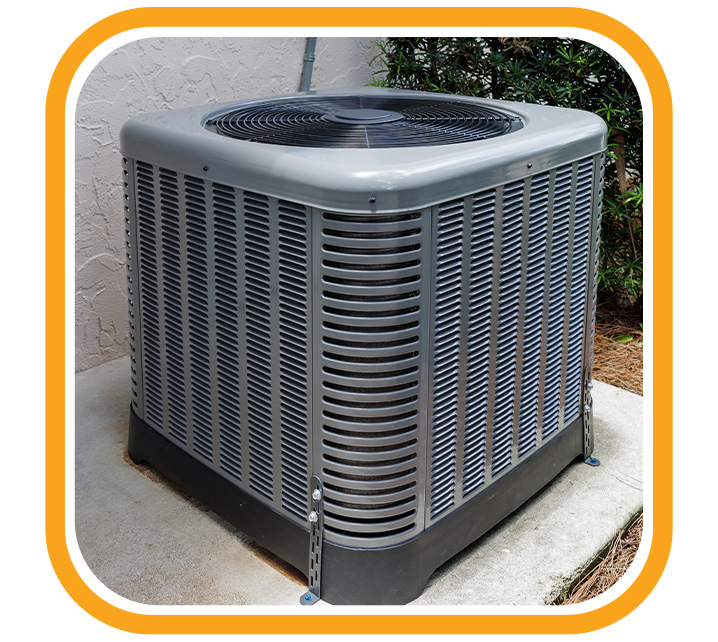
Work with your local team of experts!
-
Quality Materials & Craftsmanship
-
Over 20 Years of Experience
-
Punctual & Responsive
-
Customer Care Focused
Heating & AC Services in Beaverton
Residential HVAC Repairs & Installations in Portland, Hillsboro & Tigard
At Oregon Heating & Air Conditioning, LLC, we are dedicated to delivering exceptional HVAC services to homeowners across the Portland area. We keep your property warm in the winter and cool in the summer, offering our expert services backed by warranties. Our company maintains an outstanding rating from the Oregon Contractors Board. More importantly, we have a reputation for providing top-notch HVAC solutions to our customers.
To learn more about our heating and AC services in Beaverton and the surrounding areas, call (971) 444-6310. Schedule your free estimate today!

Get a Quote Instantly!
Clear and Honest Pricing: See detailed pricing, rebates, and recommendations instantly.

A member of our team will be in touch shortly to confirm your contact details or address questions you may have.
What Our Customers Are Saying
-
"We are warm again just in time for Christmas!"We have been with Oregon Heating for 19 years They have always been fair and done great work Our heat went out and they had a technician out quickly within an hour after we called Stephen diagnosed the problem quickly and repaired the igniter in no time We are warm again just in time for Christmas.
-
"Your Whole Team Was Great!"
By the way, I normally don’t do reviews, but you and your guys did an outstanding job, so I’m going to make an exception.
It seems that good customer service is becoming increasingly difficult to find these days.
Oregon Heating & Cooling understands good great customer service, and I appreciate that very much.
If possible, please extend my thanks to all those involved.
- Robert -
"I couldn’t be more pleased with the result."Both were very friendly and knowledgeable and seemed to enjoy their work.- Tom T.
-
"Prompt and Courteous"Steven was prompt, courteous, and seemed to know what he was doing. He made sure to go over everything that he did at the end of the check-up, and sent us a very detailed report. I enjoyed talking with him.- Vivian
-
"Good knowledge for our heating system."We received good suggestions on how to use and take care of our forced-air heater.- Dennis K.
-
"It felt like they were attentive to our requests"We were happy to use a local company and are happy with the results.- Alejandro G.
-
"I was very happy with the quality of service and promptness."The technician spoke very highly of the company, their vision and business ethics.- Jayne C.
-
"Highly recommended."The crew from OR Heating & Air did a wonderful job.- Marc W.
Check Out our blogs!
Want all the latest news or updates? Browse through our blog to read our most recent posts and featured articles.













.2509030754504.jpg)
.2509030753596.jpg)